Markhatun Church
Location
Markhatun Church (Fig. 1) is located 1.5-2 km northeast of Mets Tagher village in Hadrut region, in a forested glade expanding at the foots between Lusavorich and Markhatun Mountains.
As a result of the war unleashed in 2020, Mets Tagher village is under Azerbaijani occupation.
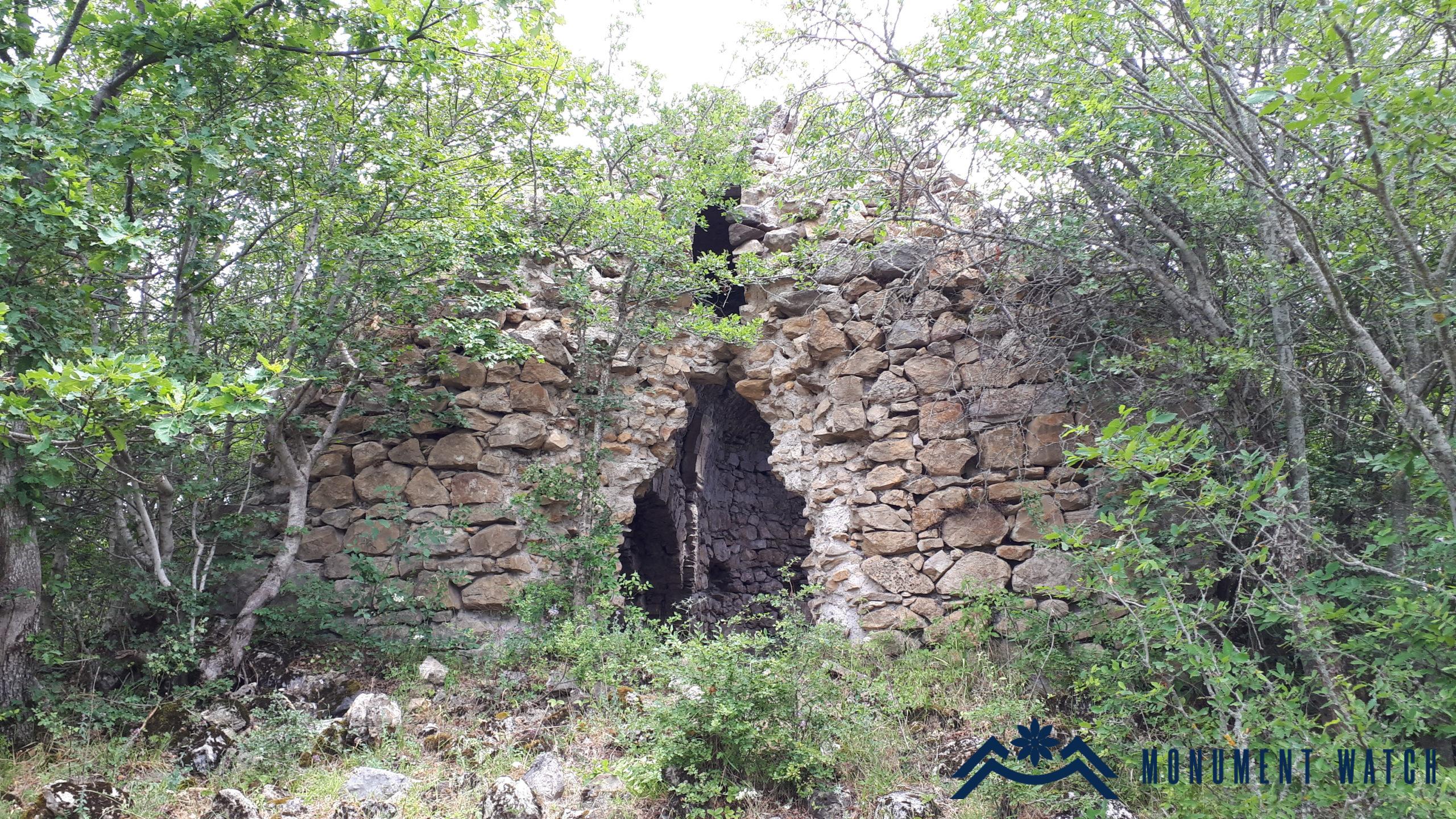
Fig. 1 Markhatun Church from the west, 2020, photo by G. Budaghyan.
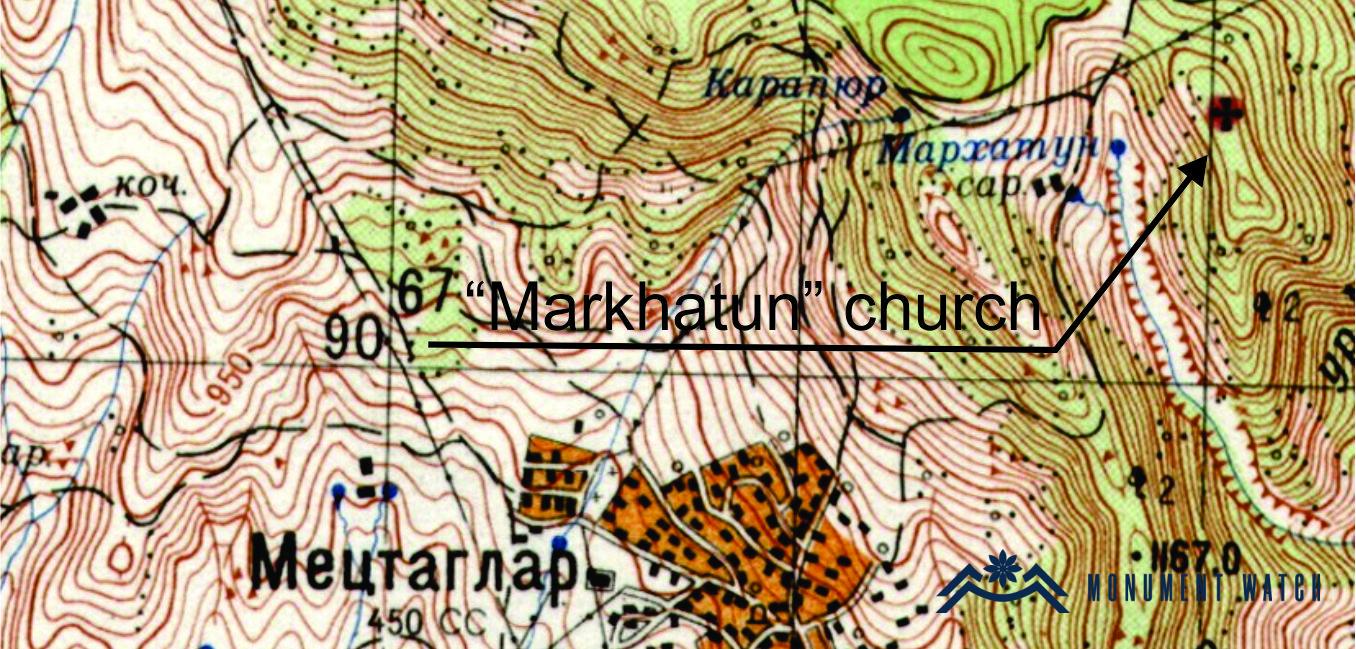
Historical overview
No historical evidence of the construction of the church has been preserved. The name Markhatun is etymologized as Mother Khatun, that is Mother Mistress and is probably one of the local names of the Mother of God (Abrahamyan 2009, 33).
Architectural-compositional examination
It is a single-nave hall with a rectangular plan and a semicircular altar (Fig. 2, dimensions: 8.8 meters long, 5 meters wide, 5.5 meters high), built of local raw stone and lime mortar. It is vaulted inwardly and externally has a gable roof. The vault rests upon a holder created with arches which are attached to the walls.
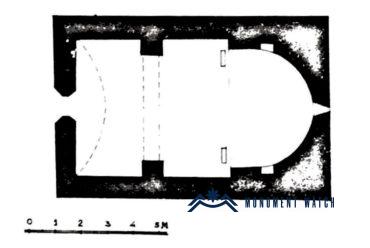
2․ The plan and measurement of Markhatun Church by Sh. Mkrtchyan, Sh. Mkrtchyan, The historical-architectural monuments of Nagorno Karabakh, Yerevan, 1985, p. 192.
The entrance is from the west, the polished stones of the pillars are destroyed (Fig. 3). Both windows open on the eastern and western sides (Figs. 4, 5). The arch of the altar facing the hall used to be lined with hewn slabs, a small part of which has been preserved (Fig. 6). According to the epigraph, the church was built in 1603 (Barkhutaryants 1895, 57). Two of the khachkars of the church have been preserved, one of which (dimensions: 0.64×0.34 meters) is located inside the church (Fig. 7), the other (Fig. 8) has been moved and placed in Amenaprkich (All-Savior) Church located in the center of Mets Tagher village.
In the vicinity of the church, mainly in the eastern and northeastern part, the old cemetery with numerous gravestones has been preserved.
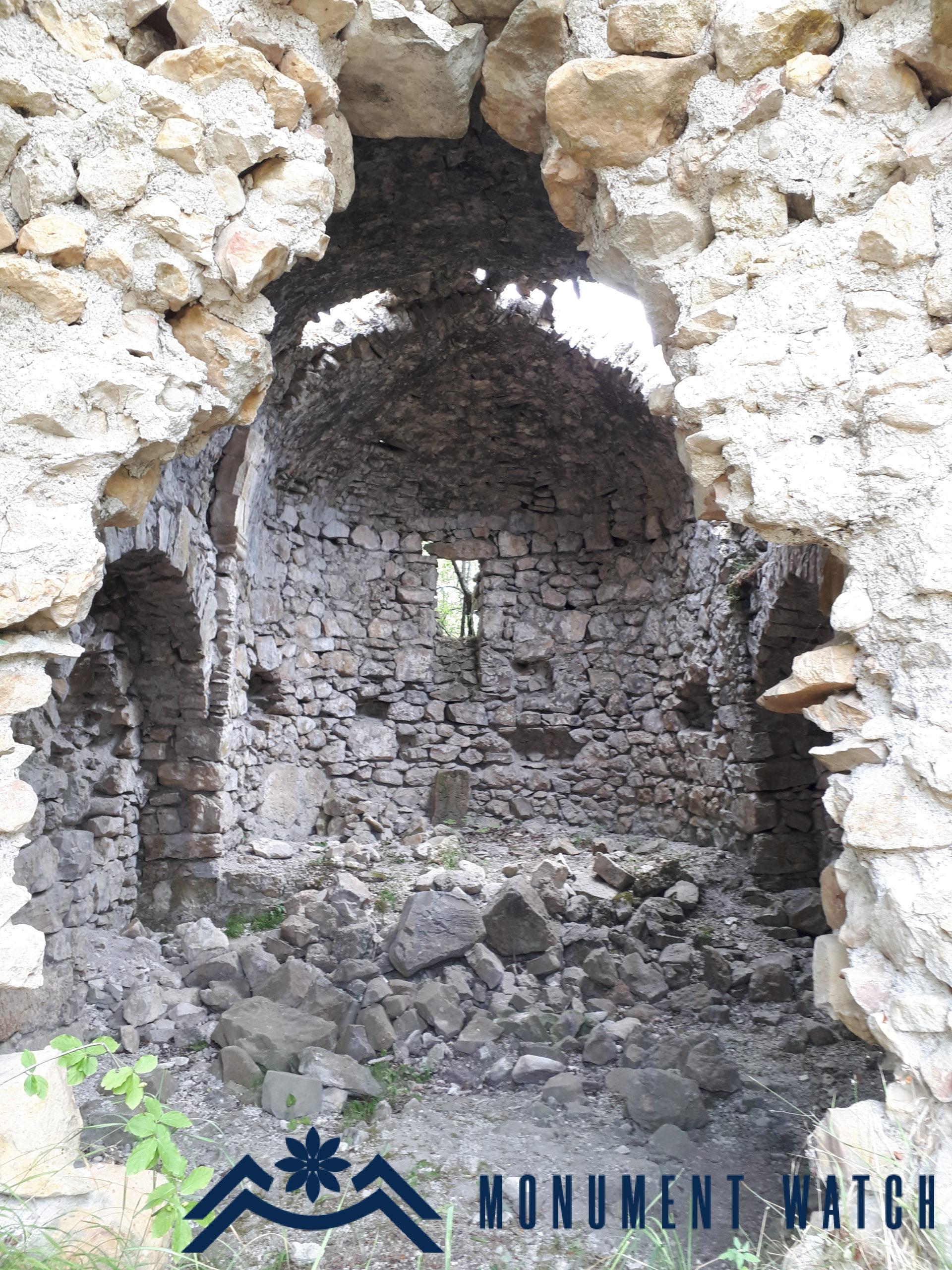
Fig. 4 The eastern window of Markhatun Church, 2020, photo by G. Budaghyan.
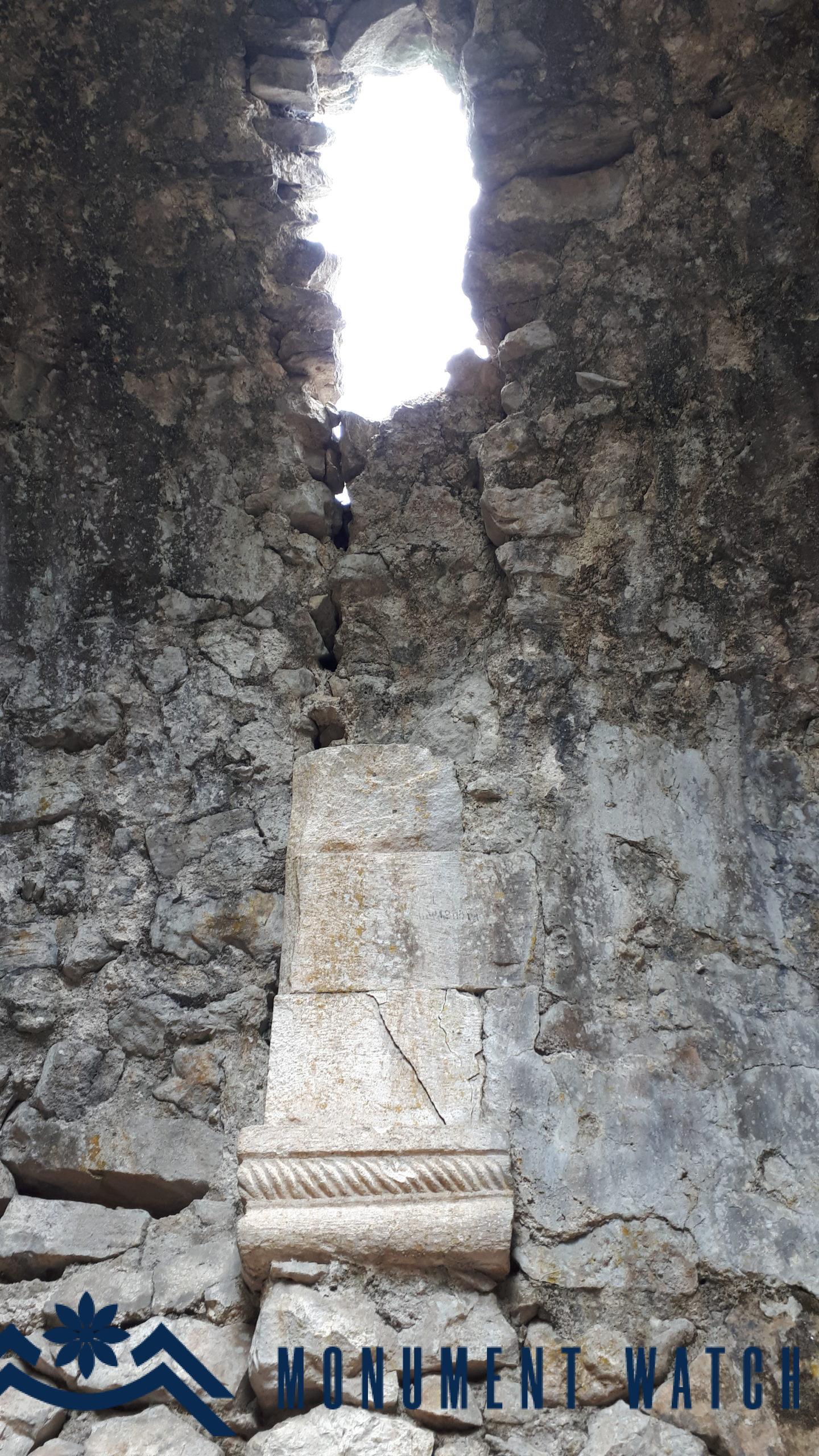
Fig. 6 A segment from the arch of the hall of Markhatun Church, 2020, photo by G. Budaghyan.
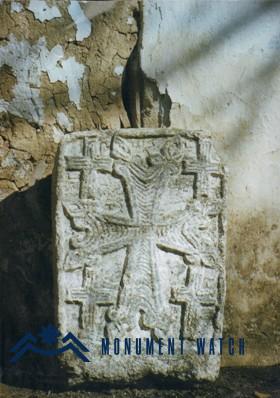
Fig. 8 The khachkar moved from Markhatun Church to Amenaprkich (All-Savior) Church, photo by AR MESCS Database of the State Service for the Protection of the Historic Environment.
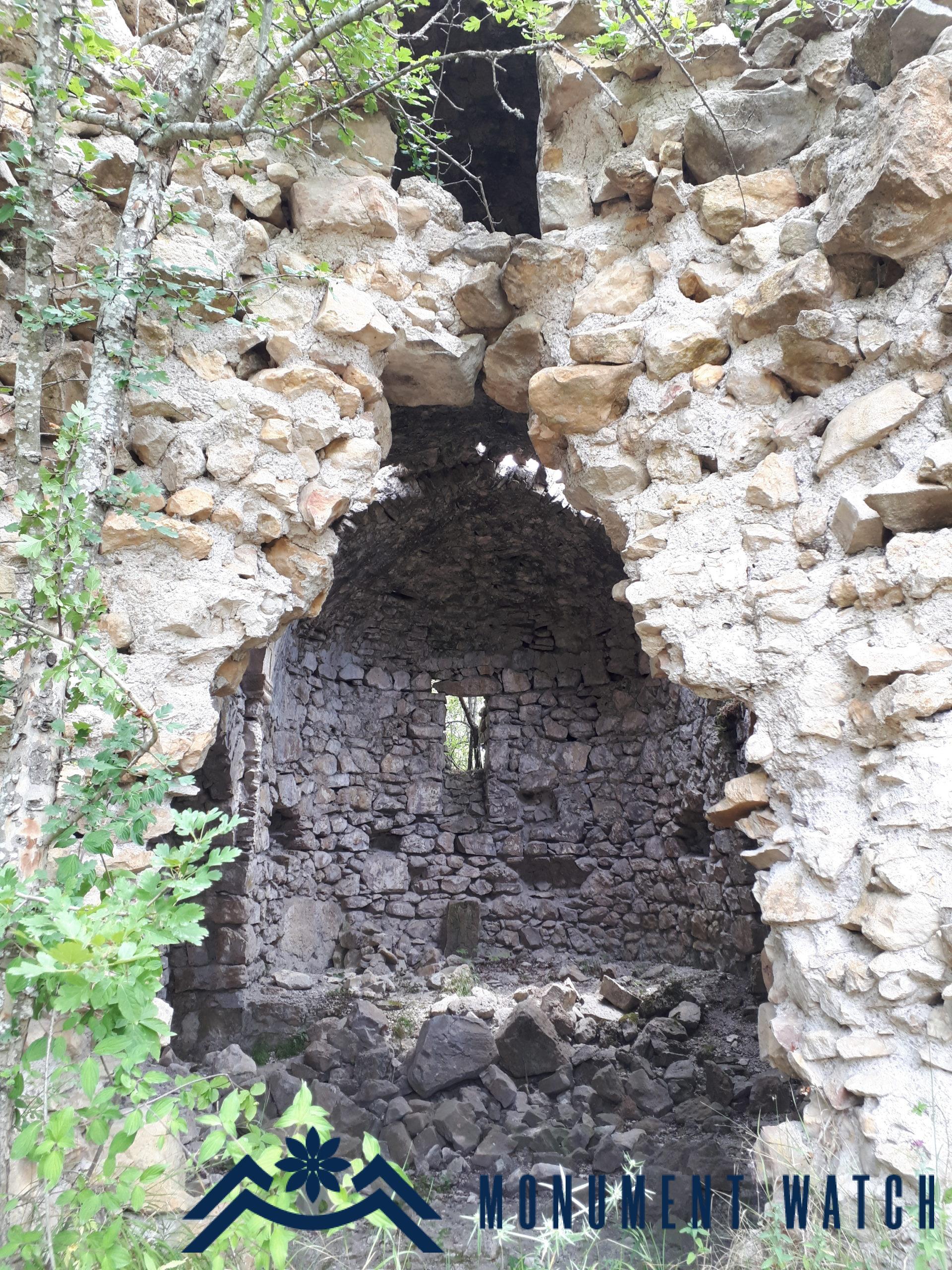
Fig. 3 The entrance of Markhatun Church, 2020, photo by G. Budaghyan.
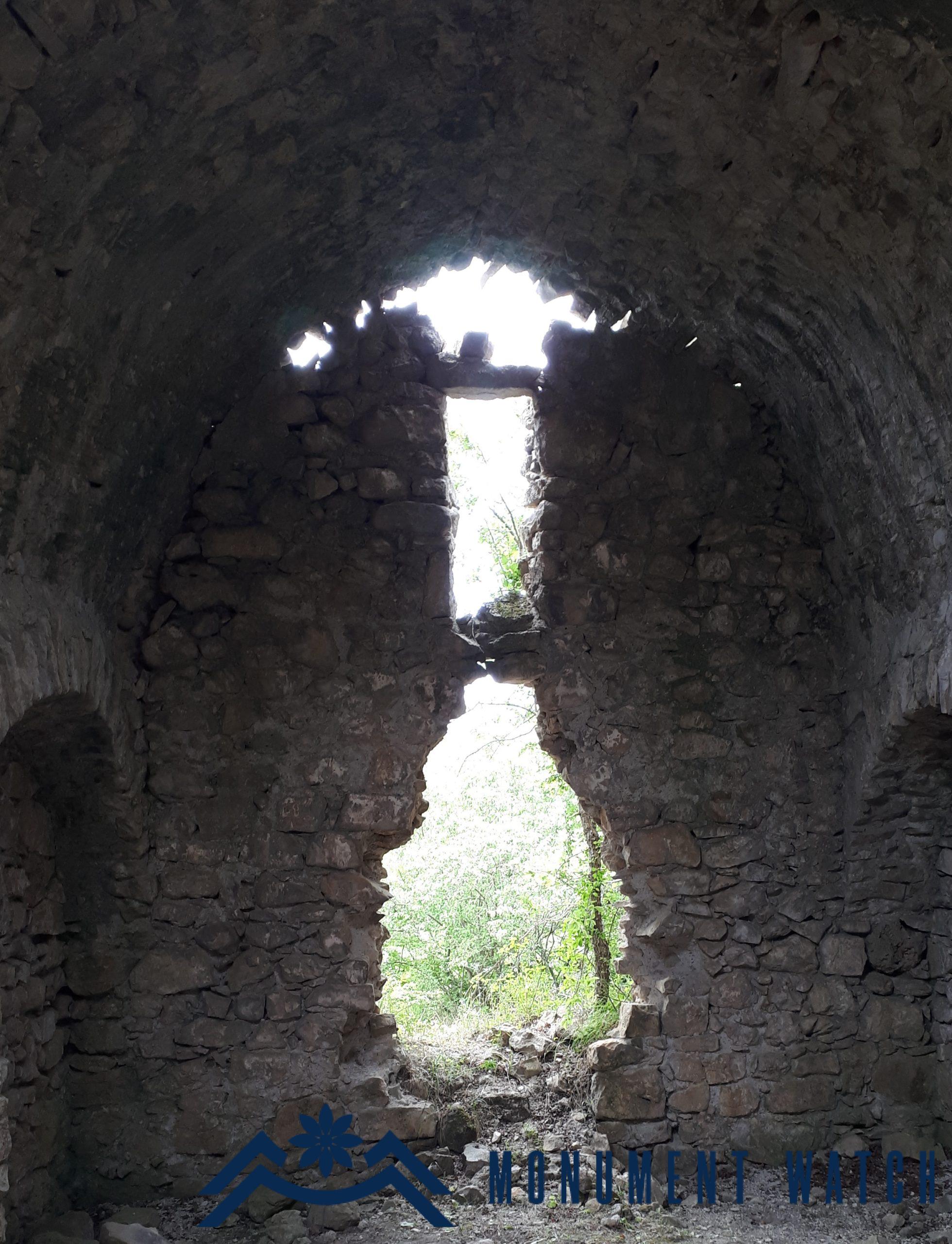
Fig. 5 The western window of Markhatun Church, 2020, photo by G. Budaghyan.
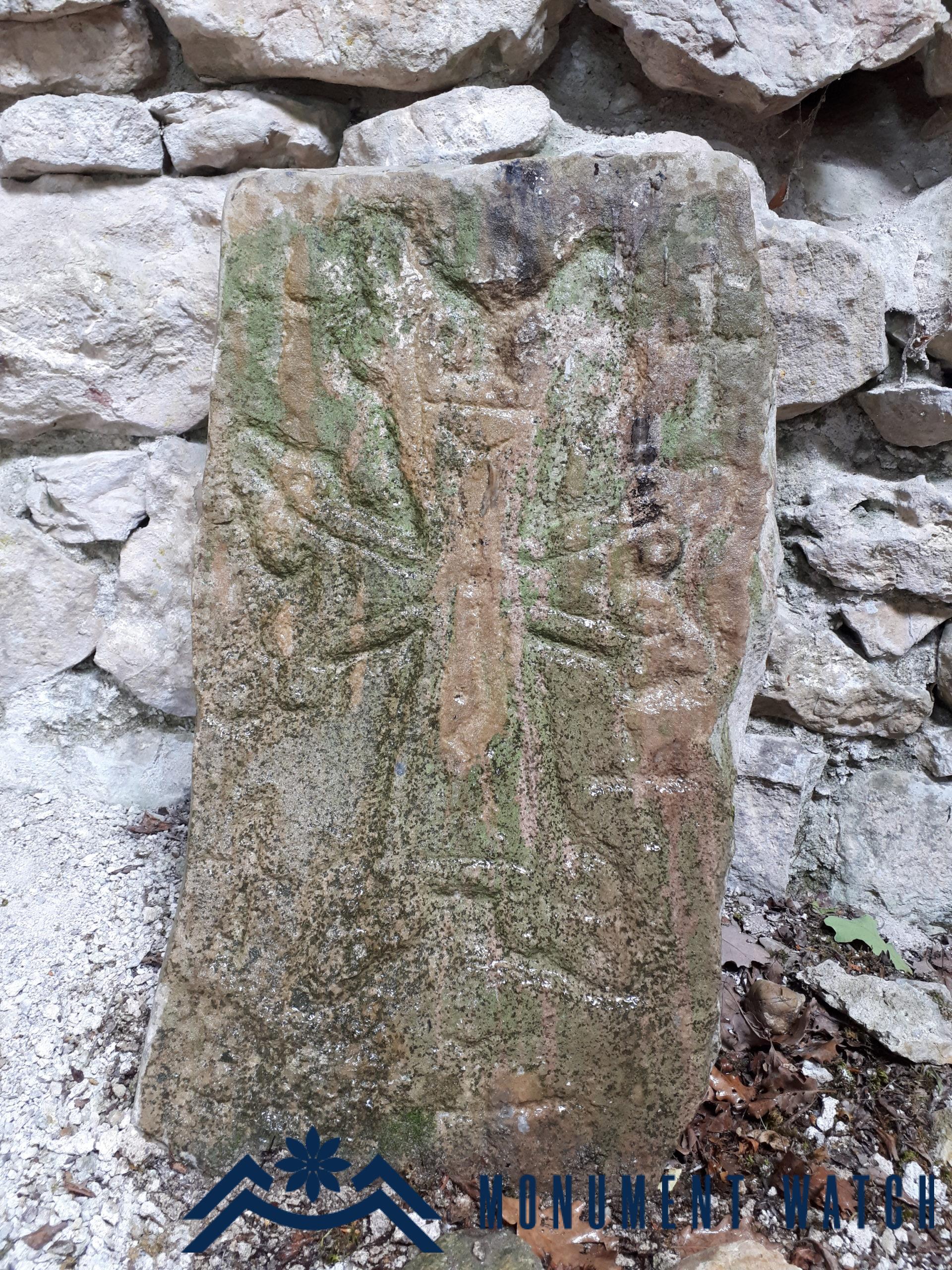
Fig. 7 The khachkar preserved in Markhatun Church, 2020, photo by G. Budaghyan.
The condition before, during and after the war
The church was in a deplorable condition. It was not injured during the military operations of the Second Artsakh War, there is no information about the post-war condition.
Bibliography
1․ Abrahamyan 2009 – Abrahamyan Ye., Mets Tagher, Stepanakert.
2. Barkhutaryants 1895 – Barkhutarian M․, Artsakh, Baku.
3. Lalayan Ye., Works, Volume 2, Yerevan, 1988.
4․ Mkrtchyan Sh․, The historical-architectural monuments of Nagorno Karabakh, Yerevan, 1985.
Hadrut
Artsakh